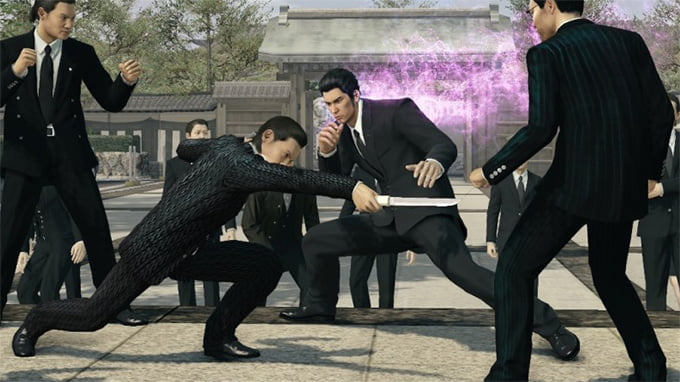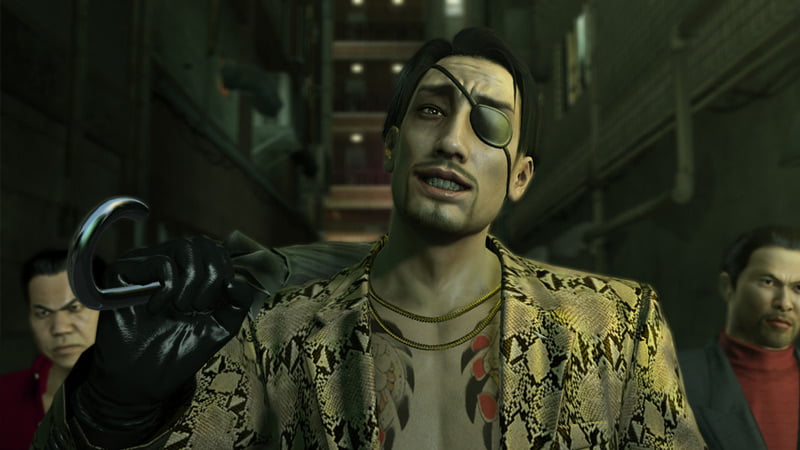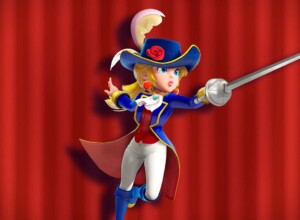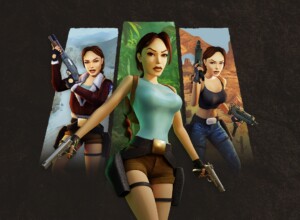Yakuza Kiwami, the full remake of the PS2 original Yakuza, is finally out in the West on PS4. But is it a good place to start?
There is a place where the attitude and anarchy of a faded pioneer lives on; a place where the spirit of Shenmue, Streets of Rage, and Virtua Fighter have taken root; an open world unlike any other. It’s called Kamurocho, and it’s the jewel in the crown of Sega’s crime saga, one that began over ten years ago in Japan.
An initially cool reception in the west has warmed slowly but surely over the years, with each main entry meandering belatedly over from Japan. Yakuza 0, a prequel to the series (set in the 1980s) released earlier this year to critical acclaim, and hot on its heels comes Yakuza Kiwami, a remake of the PS2 game that started it all. A twisting tale of organised crime in a modern metropolis, there’s plenty for fans and newcomers to fall for.
And it all starts with Kamurocho.
In palette-cleansing contrast to the creamy coffee-coloured breadth of Los Santos, Kamurocho is a dark espresso shot of depth and richness. Sega has hemmed you in, but though you may brush up against the odd invisible wall, what’s here is dense with mischief and variety.

It’s an analogue of Kabukicho, Tokyo’s red-light district. Neon burns through glass windows drizzled with rain; bustling crowds clamour and flock down streets alive with dirt and debris. It’s a profligate paradise where people of all classes rub shoulders in pursuit of pleasure, each piquant alleyway offering the best thrill of all – uncertainty.
It’s an uncertainty you’ll indulge again and again, basking in Sega’s generosity. It’s the sort of zany detail you might think asinine on paper; in play it’s captivating. Shops stuffed with treasures, fellow patrons filling the aisles; bars to drink in, play pool or darts or gossip with bartenders; restaurants with myriad dishes to sample; a baseball batting cage; DVD and magazine shops. Some of the detail is delicious: real-life copies of Famitsu line the shelves shoulder-to-shoulder with Shonen Jump Manga and teen life magazines. Shenmue‘s vapour lingers in Kamurocho, rising from its flues and beckoning you to every lit window.

On this echt backdrop, a thespian tale of betrayal, romance, palace intrigue, and sincere drama unfolds. “Camp and tragedy are antithesis,” says Susan Sontag. If only she had played Yakuza.
There is, I should say, little organised crime in this, and what’s here only serves to punctuate the exuberant camp drama at its heart. Over-the-top characters, exaggerated battle-poses, fights in pulsing disco clubs, affronts to honour that can only be settled with bare-chested, tattoo-flaunting pugilism – only for amiable conversation to resume afterwards.
Despite the laughable excess, it would be a chilly soul indeed that wouldn’t yield to Yakuza‘s story. GTA: Tokyo this is not; it’s a warm, affecting tale that happens to have a criminal backdrop. It’s well-written, despite being punctured with predictability; it respects your intelligence enough to press on, confident you’ll keep up with an abundance of names and events that all intertwine. And you do.

Into this savage soap opera strides Kazuma Kiryu, “The Dragon of Dojima.” He’s a prophet and a pusher, a walking contradiction. I’ve known few characters to be so morally upstanding while mired in such rabid physical depravity; Kiryu manages it with such politesse. His aquiline features are defiant and searching, leonine hair swept back and jet black. If you leave him idle for a few moments, he lights a cigarette and stands there smoking at you, mulling over his mission.
With none of the posturing swagger and corporate ‘punk’ of Suda 51’s output, Sega have created a character of effortless cool. Revelling in camp sensibility while bursting someone’s nose on a brick wall, Kiryu manages, despite his contradictions, to be utterly likable. It helps that the only thing he ever does under his remit as Yakuza lieutenant is collect protection payment from a coffer who actually attacks him with a golf club. Kiryu merely reacts in this world – you might not think that would work for a video game character, but again there’s that contradiction
There’s plenty to react to as well: Kiryu can’t make it too far down a street without someone assaulting his person. Betraying Yakuza Kiwami’s RPG-leaning, these random brawls allow Sega to dip into its lineage again. Comprising the lion’s share of what you’ll be doing, combat bears gifts from old familiar benefactors.

A shade of Virtua Fighter inhabits brawls, with its rigid yet expressive movement, assured pacing, and impacting blows. A core of square-square-triangle combos gives way to a complex system that leans on context and creativity. Timed dodges and blocks are a joy that reward skilful play; this fills your ‘heat gauge’, allowing you to unleash spectacularly violent finishing moves on opponents.
Couple this with the urban theatre of Streets of Rage: crowds clear to form wide fighting arenas on busy streets, allowing you to hurl foe into foe, while iron bars, bats, and even bicycles line the periphery to be plucked and co-opted into brutality.
You can switch on-the-fly between the four different fighting styles from Yakuza 0: Rush – a fast, nimble style favouring dodging and furious flurries; Brawler – a balanced, street-savvy mix of speed and power; Beast – blunt force strength in lieu of speed and defence; and Dragon – Kiryu’s iconic style that must be built not with accrued XP and a Final Fantasy XII-style sphere grid, like the other forms, but by clashing with an old friend.
Long-time series favourite Goro Majima, “The Mad Dog of Shimano”, will lie in wait for you in back-alleys, clubs, and on busy streets. It’s a feature called “Majima Everywhere”, and it’s exciting to think you might round a corner and spring an ambush. Along with upgrading Kiryu’s Dragon style, these random battles, allow you to uncover slices of back-story and references to Majima’s time in Yakuza 0, and after.

While the fighting is fulfilling, you will at times feel full. There are too many thugs waiting to start something, and combat can grate after a time if you don’t break it up with some variety. Fortunately there’s plenty of that, but nevertheless, as you press on through the main story you may feel a little spent before the end.
Concomitant with Sega’s generosity elsewhere is a very impressive technical package. The development team behind the original game was formed of members of Amusement Vision and Smilebit: two former satellite companies which merged as NE R&D (New Entertainment Research & Development) when Sega re-centralised in 2004. Much of the game’s residual retro charm is owed to the presence of some Sega veterans; here these efforts are honoured with a princely conversion.
The resolution has blossomed from its humble PS2 origins – 512 x 448 interlaced to 1920 x 1080 – with anti-aliasing and some serious texture filtering. A glassy 60fps (prone to very occasional stutter) gives the game a crisp sheen, while the deftly directed cut scenes – now rendered in-engine as opposed to the original’s pre-rendered – drop to 30, lending them a more classic, cinematic look.
Gone too are the static camera angles of old that would truck and pan down streets after Kiryu; here you have full control snapped firmly to his back, and it’s all the better for roving around and taking in the sights.
Loading has been clipped significantly from the original: entering buildings is instant, with a slightly longer pause when you leave them as Kamurocho loads in. Entering into random battles is completely seamless, and given their regularity that’s a blessing. It’s a massive improvement, but given the complete seamlessness of, say, Yakuza 5, it isn’t unfair to want more.
You may grow weary of fighting before the story lets you stop; the distractions may not sate you or pull you away from that story for too long; and you may find the melodrama predictable in the extreme. But these things are forgivable when you have a game of such generosity as this. In Kamurocho, Sega has crafted a haven for gaming traditionalism: an embrace of the gap between play and story, a love of the excess and quirks of the medium, and an unapologetic strut that recalls its halcyon days.






